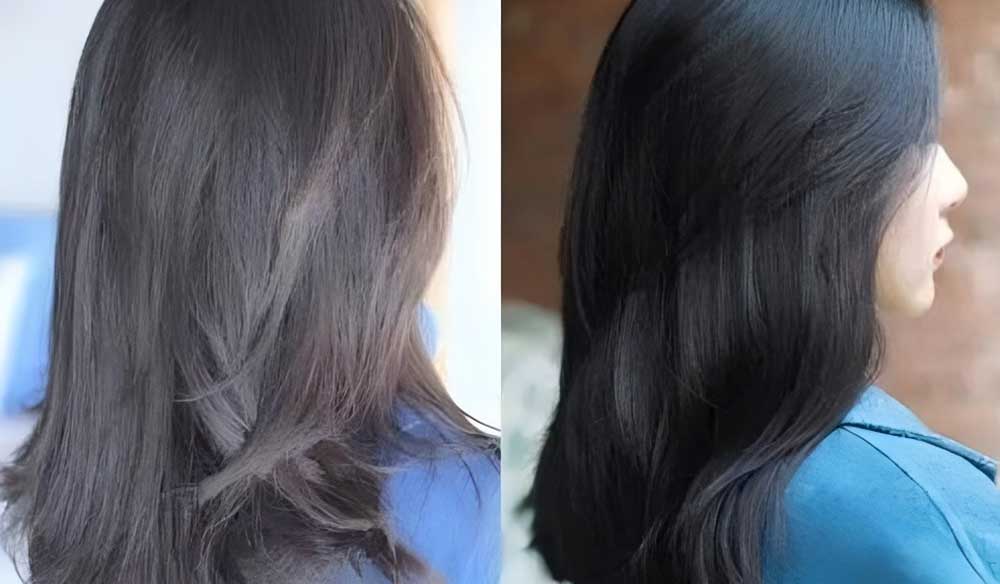In the chemical industry, there are two products with very similar names, namely glyoxylic acid and glycolic acid. People often can’t tell them apart. Today, let’s take a look at these two products together. Glyoxylic acid and glycolic acid are two organic compounds with significant differences in structure and properties. Their distinctions mainly lie in molecular structure, chemical properties, physical properties and applications, as follows:
The molecular structure and composition are different
This is the most fundamental difference between the two, which directly determines the differences in other properties.
CAS 298-12-4, with the chemical formula C2H2O3 and the structural formula HOOC-CHO, contains two functional groups – the carboxyl group (-COOH) and the aldehyde group (-CHO), and belongs to the aldehyde acid class of compounds.
CAS 79-14-1, with the chemical formula C2H4O3 and the structural formula HOOC-CH2OH, contains two functional groups – the carboxyl group (-COOH) and the hydroxyl group (-OH), and belongs to the α -hydroxy acid class of compounds.
The molecular formulas of the two differ by two hydrogen atoms (H2), and the difference in functional groups (aldehyde group vs. hydroxyl group) is the core distinction.
Different chemical properties
The differences in functional groups lead to completely different chemical properties between the two:
Characteristics of glyoxylic acid (due to the presence of aldehyde groups) :
It has strong reducing properties: the aldehyde group is easily oxidized and can undergo a silver mirror reaction with silver ammonia solution, react with freshly prepared copper hydroxide suspension to form a brick-red precipitate (cuprous oxide), and can also be oxidized to oxalic acid by oxidants such as potassium permanganate and hydrogen peroxide.
Aldehyde groups can undergo addition reactions: for instance, they can react with hydrogen to form glycolic acid (this is a kind of transformation relationship between the two).
Characteristics of glycolic acid (due to the presence of hydroxyl groups) :
Hydroxyl groups are nucleophilic: they can undergo intramolecular or intermolecular esterification reactions with carboxyl groups to form cyclic esters or polyesters (such as polyglycolic acid, a degradable polymer material).
Hydroxyl groups can be oxidized: however, the oxidation difficulty is higher than that of aldehyde groups in glyoxylic acid, and a stronger oxidant (such as potassium dichromate) is required to oxidize hydroxyl groups to aldehyde groups or carboxyl groups.
The acidity of the carboxyl group: Both contain carboxyl groups and are acidic. However, the hydroxyl group of glycolic acid has a weak electron-donating effect on the carboxyl group, and its acidity is slightly weaker than that of glycolic acid (glycolic acid pKa≈3.18, glycolic acid pKa≈3.83).
Different physical properties
State and solubility:
Readily soluble in water and polar organic solvents (such as ethanol), but due to the difference in molecular polarity, their solubilities are slightly different (glyoxylic acid has a stronger polarity and a slightly higher solubility in water).
Melting point
The melting point of glyoxylic acid is approximately 98℃, while that of glycolic acid is about 78-79℃. The difference stems from intermolecular forces (the aldehyde group of glyoxylic acid has a stronger ability to form hydrogen bonds with the carboxyl group).
Different application
It is mainly used in the organic synthesis industry, such as the synthesis of vanillin (flavoring), allantoin (a pharmaceutical intermediate for promoting wound healing), p-hydroxyphenylglycine (an antibiotic intermediate), etc. It can also be used as an additive in electroplating solutions or in cosmetics (taking advantage of its reducing and antioxidant properties). Hair care products: As a conditioning ingredient, it helps repair damaged hair strands and enhance hair luster (needs to be combined with other ingredients to reduce irritation).
As an α -hydroxy acid (AHA), its core application is mainly in the field of skin care products. It serves as an exfoliating ingredient (by dissolving the connecting substances between the stratum corneum of the skin to promote the shedding of dead skin), improving problems such as rough skin and acne marks. In addition, it is also used in the textile industry (as a bleaching agent), cleaning agents (for removing scale), and in the synthesis of degradable plastics (polyglycolic acid).
The key difference between the two stems from the functional groups: glyoxylic acid contains an aldehyde group (with strong reducing properties, used in organic synthesis), and glycolic acid contains a hydroxyl group (can be esterified, used in skin care and materials fields). From structure to nature and then to application, they all show significant differences due to this core distinction.
Post time: Aug-11-2025



